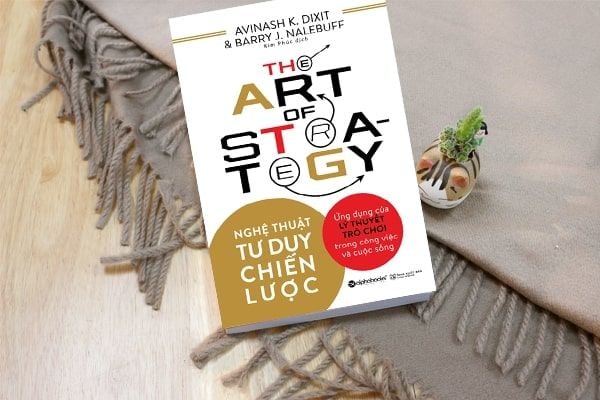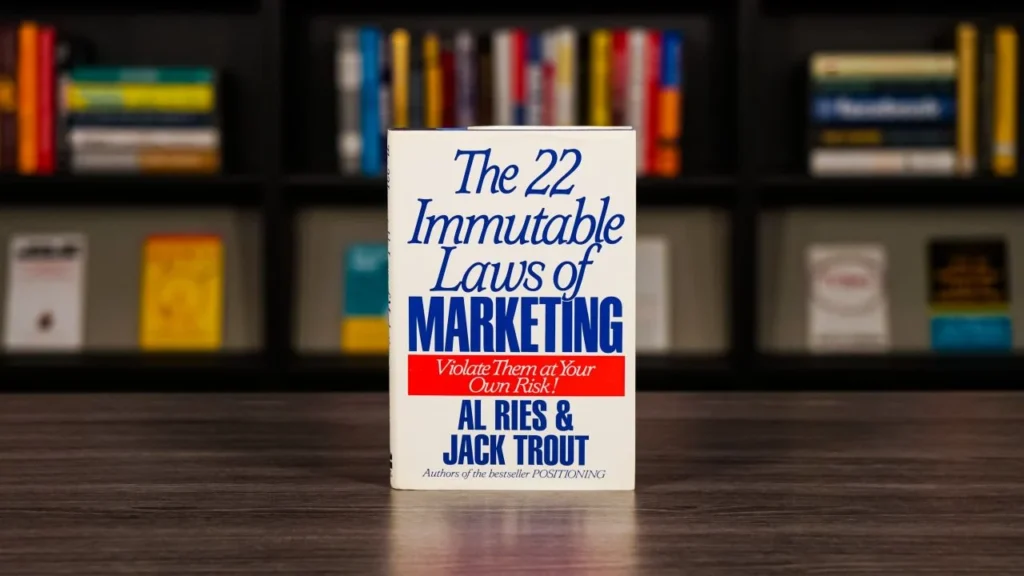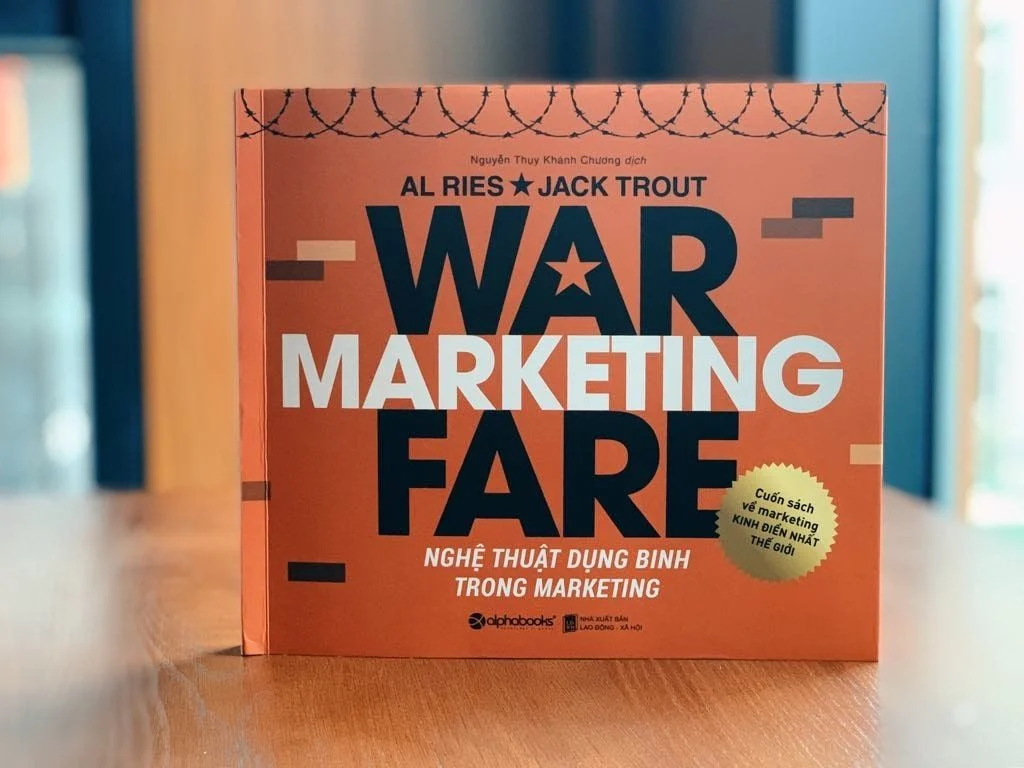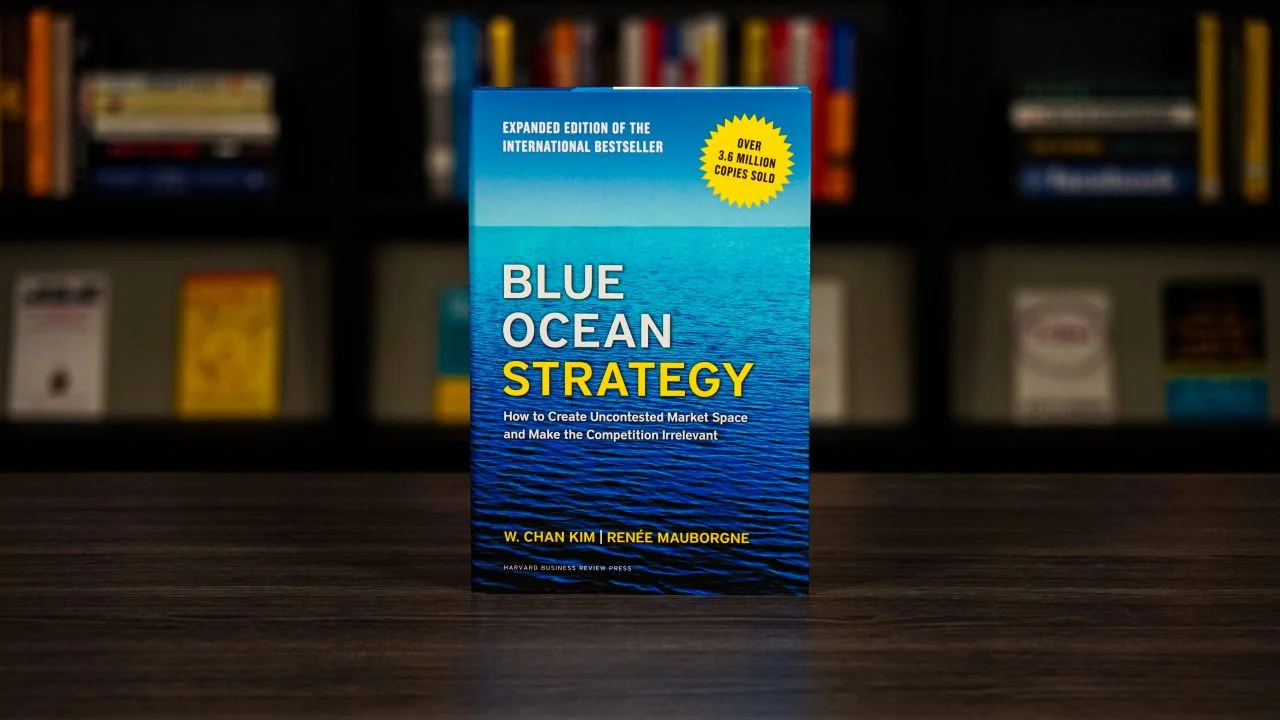
It has been more than 10 years since the day I started my walk on this career path, I consider myself a person who has spent a lot of time reading and researching many books on strategy to find a satisfactory answer for myself. In this article, I would like to introduce readers to some basic but effective books I found along the way.
These are also important books and knowledge that I have accumulated and compiled for the application of warfare strategies into marketing, the very foundation of BrandCamp’s Strategic Brand Positioning course. In a word, going through all of the above books will help you understand the origin and basic principles of strategy, the similarities, and how to accurately apply them in many aspects of life and work, not just limited to warfare or marketing.
- The Art of Strategy
In my recent research, the book ‘The Art of Strategy” has left quite an impression on my mind. The book is written by Avinash Dixit and Barry Nalebuff. About the authors, Dr. Avinash Dixit is an economist and a professor at Princeton University, and Dr. Barry Nalebuff is a businessman and a professor of management at Yale University.
The outstanding content in the book that the authors share with us are the most basic definitions of planning and strategy formation when dividing strategy into two extremities, dynamic and static. Static strategy is like cutting down a tree, no matter what option you make, the tree will stay there, and the outcome will completely depend on the initial decision. Dynamic strategy on the other hand is like boxing, in which the decisions we make will change the reactions of the opponent; therefore, interactions are made between the participants. The more parties involved, the more variables, the more difficult decision-making for the strategist is. Similarly, marketing strategy is a dynamic and complex strategy because there are many variables that fluctuate in an industry with many competitors participating, and decision making will depend on many factors such as time, personnel and resources. Understanding this most basic structure is the beginning to understanding the rules.

- The 22 Immutable Laws of Marketing
The book is written by Al Ries and Jack Trout, two renowned academics with worldwide reputation in the industry. The concepts they introduced contributed greatly to the foundation of contemporary marketing theory. One of those works, published in 1981, introduced a completely new concept of positioning, bringing into the minds of consumers a single definition of benefit related to the brand. This is the foundational theory for future branding and marketing strategy.
In 1994, the book 22 Immutable Laws of Marketing once again attracted the interest and debate of industry experts. These are the conclusions in principle that the two men made through observational research that encapsulate the results. The rules may have changed and may not be relevant in the modern age, but the book is still a treasure trove of knowledge for contemporary marketers to look into and re-evaluate their understandings. Some important rules that have been recognized are mentioned as follows.

For example, Law 4 and 5, developed from the concept of positioning, state that consumers often use many different products in their lives, so they will not be able to remember all relevant information of the product or brand. When they think of a brand, they usually think of only one feature. Therefore, the core task of the marketer is to capture an attribute in the user’s mind. For example, in the pharmaceutical industry, despite having the same medicinal ingredient, paracetamol, each drug always tries to possess a certain therapeutic property such as reducing fever or pain or cold.
Another example, Law 10 (Division) states that a category over time will break down into two or more niches. This phenomenon occurs when an industry has more and more competitors participating, it is difficult for latecomers to compete directly with the leader, so they have to create their own market segments. For example, the beverage market initially consisted of only filtered water, the came carbonated water, and more flavours added to meet new needs.
However, the emergence of super apps, such as Grab, which are trying to bring together many services under the same brand, are challenging the legitimacy of this rule in contemporary economic world. The sharing economy market, specifically ride-hailing and delivery applications, is an interesting case that I have analysed more closely in a previous article.
- Marketing Warfare
Another book by Al Ries and Jack Trout, ‘Marketing Warfare’ offers the most rudimentary comparisons of the two concepts of war and marketing, and then derives their basic principles for strategy, which marketers and managers can apply to business practice. I have introduced and applied the book’s content to the analysis of the beer industry in another article, you can read it in more detail. However, if we look at a larger scope, we can see that these principles can be applied more widely than just marketing, so I have personally taken the liberty of expanding the author’s content through my personal research and articles.

- Blue Ocean Strategy
Following the above content of Marketing Warfare, I found that a considerable limitation of the theory lies in the differences between war and business. War is a one-on-one battle and very much a zero-sum game, so this reality does not match the theory of cooperation, co-existence, and co-creation of contemporary business. For this reason, the application of this theory should not be absolute but thoroughly examined before implementation. Nevertheless, I found the missing piece of Warfare Strategy to Marketing in Blue Ocean Strategy.\
In this book, the two authors W. Chan Kim and Renée Mauborgne recommended a way of how a business can change its mindset of competition, the process to get out of the red market of one-on-one competition and find the blue ocean one where competition is non-existent. If the content of 22 immutable laws helps us to think clearly and methodically, then the blue ocean strategy is a breakthrough method, changing old-fashioned mindsets to create new values in the market.

For example, in the airplane market, formerly, this means of transport was only available to the wealthy. However, the question of why can’t low-income people use this form of transportation was the triggering point for blue ocean strategy? Since then, many low-cost airlines, like JetBlue Airways, Southwest Airlines or Vietjet in Vietnam, have emerged to explore this untouched market. They only need to cut down on unnecessary services such as lounges, in-flight food, etc. in order to lower costs, making fare affordable to a wider set of customers.
Finally, I would like to thank the readers for taking the time to follow this series of articles. I hope that the theories presented in the series and the books introduced above will help you understand the basic principles of strategy, how they work and how apply them to work and life.
If readers find these series interesting and wish to learn more theories of my writing, please visit minimalmarketing.com to explore.
Best regards,
Minh Minimal